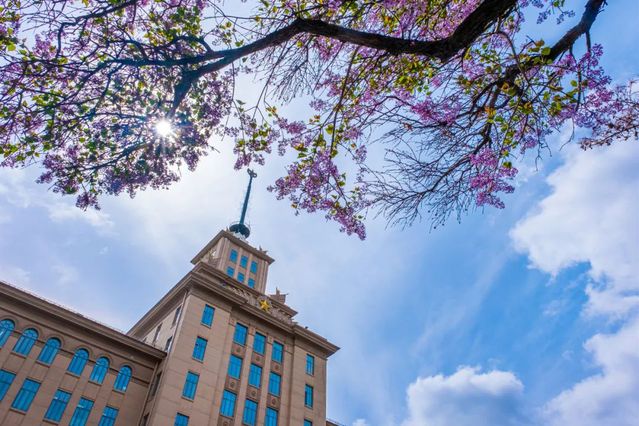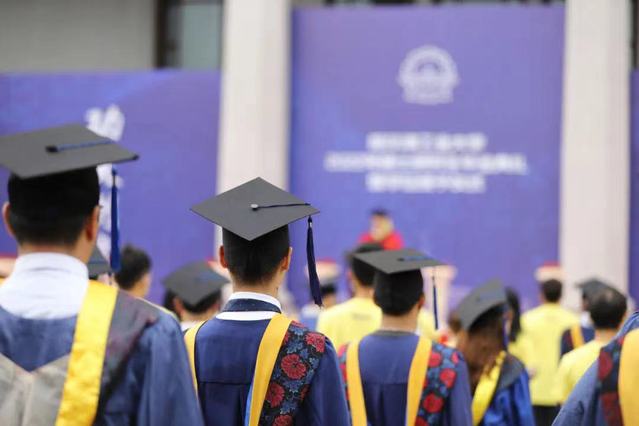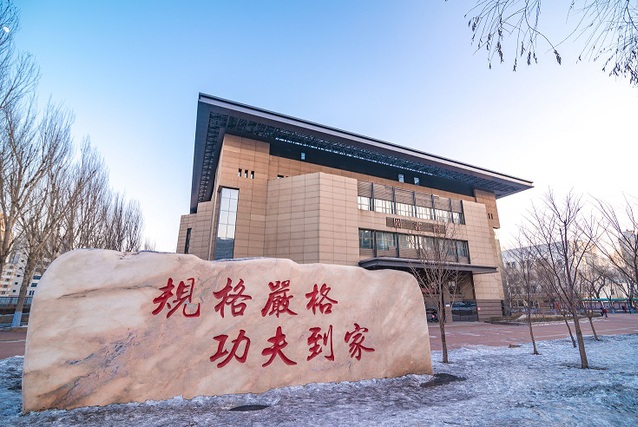Graduate
Teaching Achievements
80%+ graduate theses derived from 170+ national megaprojects (e.g., crewed spaceflight, lunar exploration).
Contributions to lunar rovers, Mars rovers, lunar samplers, and space robotic arms.
Supported 11 national and 90+ provincial/ministerial science awards.
2,281 SCI papers (51 ESI Highly Cited, 4 in Nature/Science sub-journals).
1,668 invention patents; 2 nominated for National Outstanding Doctoral Dissertation Awards; 4 awarded National Engineering Master's Contribution Awards.
6 grand prizes and 14 first prizes in international/national competitions.
44% of graduates employed by aerospace/defense institutions.
Alumni include directors of research institutes, chief engineers, and lead designers in national programs.
National Joint Training Model Base (MOE) and MIIT Collaborative Education Base.
Faculty teams recognized as National Education System Advanced Collective and Huang Danian-Style Teacher Team.
Teaching awards: 1 National Graduate Education Second Prize; 2 Provincial First Prizes.
Major Project-Driven, Integration-Promotion Dual-Track Model: Innovating Mechanical Engineering Graduate Education at HIT
Rooted in its mission to serve aerospace, empower national defense, and excel in engineering, Harbin Institute of Technology (HIT) has consistently aligned with national technological advancement and societal development, cultivating exceptional talents and delivering strategic national assets.

Under the leadership of Academicians Deng Zongquan and Liu Hong, the Mechanical Engineering discipline has pioneered a Major Project-Driven, Integration-Promotion Dual-Track graduate education model, synergizing industry-academia collaboration to address critical challenges in aerospace and defense. Key initiatives include:
1. A New Talent System for Engineering Leadership:
Focused on complex problem-solving and interdisciplinary innovation, this system emphasizes aerospace-defence competencies.
2. Project-Driven Pedagogy:
A Practice → Theory, Projects → Innovation, Engineering → Capability approach, where real-world projects catalyze breakthroughs.
3. Industry-Academia Integration Framework:
Establishes goal integration, team integration, resource integration mechanisms for collaborative R&D.

15-Year Outcomes:
1. Enhanced Engineering Competence:
2. Breakthrough Innovations:
3. Leadership Cultivation:
4. Expanded Educational Resources:
These achievements propelled Mechanical Engineering to A+ status in national evaluations. The model has been widely reported by CCTV and People's Daily, and adopted by multiple Double First-Class universities in China.


